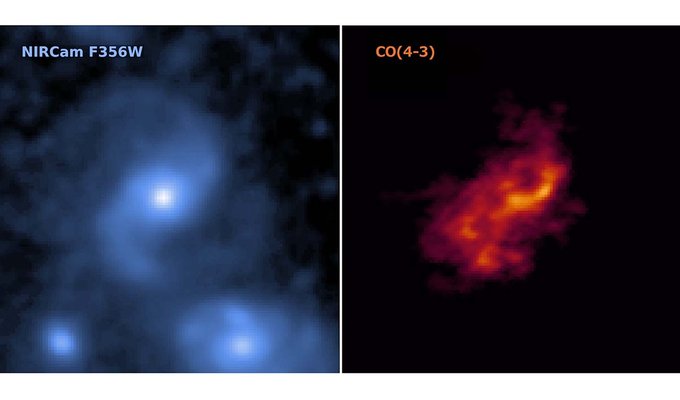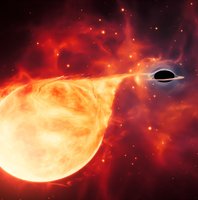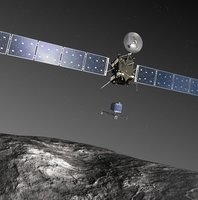J0107a is the earliest and most massive barred spiral galaxy known to date, making it the best target for studying the evolution of barred spiral galaxies in the early Universe.

Our Universe had a totally different vibe 11 billion years ago. It had monster galaxies - massive galaxies rich in gas and dust, actively giving birth to stars at an extremely fast pace. Monster galaxies are so far away from our own galaxy and so covered in dust that it is really challenging for optical telescopes to spot them. Enter the James Webb Space Telescope!
Recent infrared observations by the James Webb Space Telescope revealed many monster galaxies lurking in the early Universe. One particular monster galaxy caught the attention of astronomers at the National Astronomical Observatory of Japan (NAOJ).
Meet J0107a, an 11.2 billion-year-old monster galaxy located in the constellation Cetus. Using the Atacama Large Millimeter/submillimeter Array (ALMA) radio telescope to get a closer look, the NAOJ team found that J0107a has interesting similarities and differences with present-day galaxies in the Universe.
J0107a is a barred spiral galaxy just like the Milky Way. Unlike the Milky Way, J0107a is enormous, and actually outshines all other early-Universe monster galaxies: it produces stars at a rate 300 times that of our Milky Way! Today, fewer galaxies form stars at a similar pace, and those levels of star formation mainly happen when two galaxies collide or merge. However, the team at NAOJ saw no such sign of a galaxy interaction in J0107a. What else could possibly be driving the rapid star formation in this monster galaxy?
Astronomers found that the shape of the bar structure of J0107a and the way gas moves in it is similar to what we observe in modern galaxies. The bar structure causes gas to flow inward to the centre of the galaxy, where it can form new stars. Interestingly, J0107a’s bar structure has a very high concentration of gas, meaning more gas can flow to the centre at an epic rate, yielding more star formation. Tada!
Thanks to ALMA and Webb, this is the first time astronomers could directly observe massive star formation in a monster galaxy due to faster gas flow from a bar structure. With detailed information on how gasses are distributed and move in galaxies, astronomers are excited to explore how barred spiral galaxies form and evolve and also trace the origins of different types of galaxies in our Universe.
Image: Left: The galaxy J0107a observed in infrared light with the James Webb Space Telescope. The two galaxies seen in the lower part of the image are unrelated foreground objects. Credit: NASA. Right: The gas distribution in J0107a observed with ALMA. The large amounts of gas visible on the leading edges of the bar are being channeled towards the galactic center. Credit: ALMA(ESO/NAOJ/NRAO), Huang et al.




















